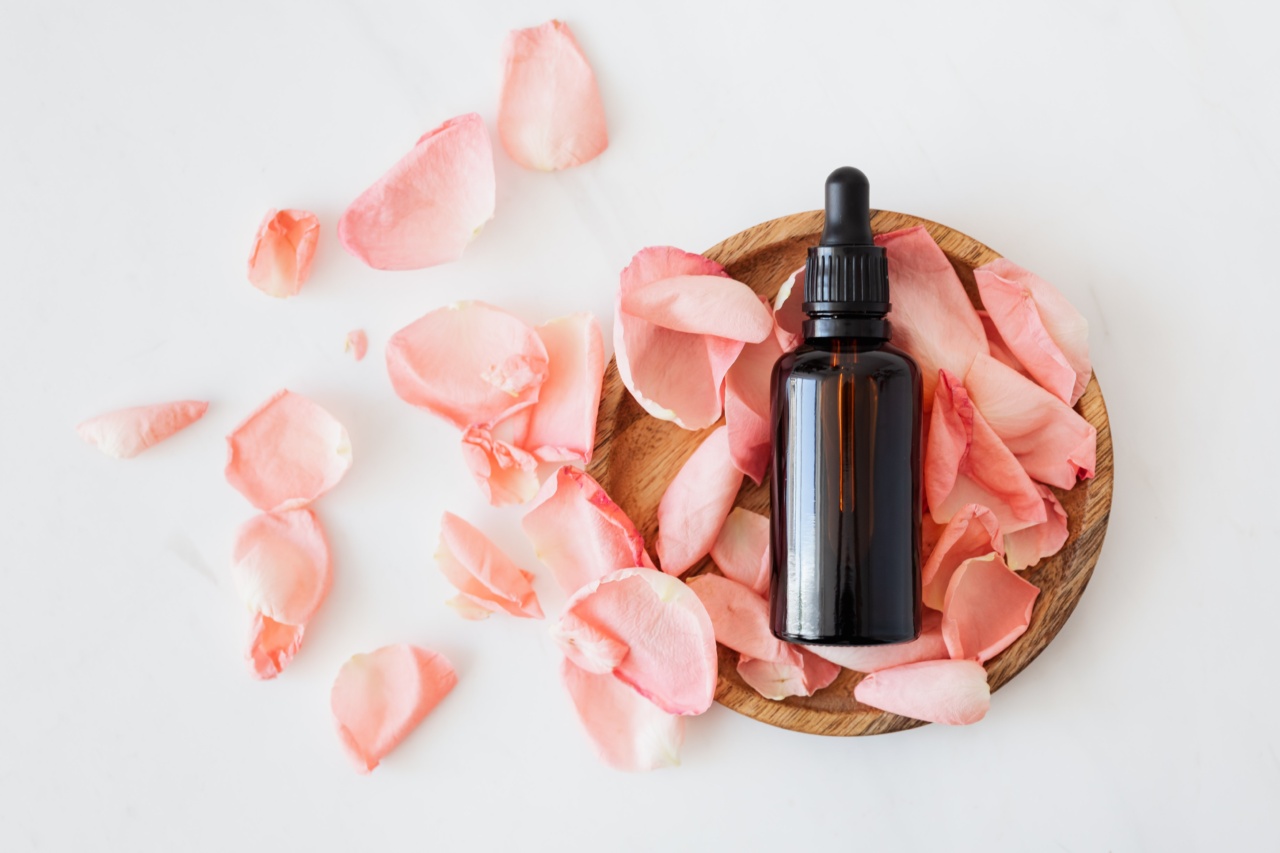Breathing is a natural and essential function of the human body. It is a vital process that fuels our body with oxygen and removes carbon dioxide. But what many people do not realize is that most of us are not breathing correctly.
Proper breathing techniques can have immense health benefits, including reducing stress, improving posture, and increasing energy levels. In this article, we will discuss some essential tips for proper breathing.
: 1. Use Your Diaphragm
One of the main causes of improper breathing is the incorrect use of the diaphragm. The diaphragm is a muscle located in the abdomen, and it plays a vital role in the breathing process.
When we inhale air, our diaphragm moves downward, allowing the lungs to expand and fill with air. When we exhale, the diaphragm moves back up, forcing the air out of our lungs. However, many people use their chest muscles to breathe instead of their diaphragm, which can cause shallow breathing and reduce the amount of oxygen we get.
To use your diaphragm, sit or stand up straight and place one hand on your chest and the other on your belly. Take a deep breath in through your nose, and focus on expanding your belly as much as possible. You should feel your diaphragm working.
Slowly exhale through your mouth, allowing your belly to collapse as you exhale.
: 2. Slow and Steady Breathing
Another critical factor in proper breathing is the speed at which we breathe. Many of us take short, shallow breaths throughout the day, which can cause stress and anxiety.
Slow and steady breathing can help to regulate our heart rate and reduce anxiety and stress levels.
The next time you feel stressed or anxious, take a few deep breaths in and out slowly. Inhale for four counts, hold your breath for two counts, and exhale for six counts.
Repeat this for a few minutes and notice the calming effect it has on your body and mind.
: 3. Breathe Through Your Nose
The nose is a crucial organ for breathing. It filters out impurities in the air, warms and moisturizes the air, and adds resistance to the airflow, allowing for a more extended inhalation.
Breathing through your nose can also help to reduce stress and anxiety, as it activates the parasympathetic nervous system, which helps to calm the body.
To practice nose breathing, inhale slowly through your nose and exhale slowly through your nose. Focus on deep, even breaths, and try to keep your mouth closed throughout the exercise.
: 4. Practice Abdominal Breathing
Abdominal breathing, also known as belly breathing, is crucial for proper breathing. It helps to improve lung capacity, increase oxygen flow, and promote relaxation.
Many people tend to breathe short, shallow breaths, which can lead to stress and anxiety and lower oxygen levels in the body. Abdominal breathing can help to combat these problems and promote optimal health and wellbeing.
To practice abdominal breathing, sit or lie down comfortably with your hands on your belly. Inhale deeply through your nose, allowing your belly to expand as much as possible.
Hold your breath for a few seconds, and then slowly exhale through your mouth, allowing your belly to collapse. Repeat this exercise for a few minutes, and notice the calming effect it has on your body and mind.
: 5. Posture
Posture plays an important role in proper breathing. Poor posture can cause the body to use the chest muscles instead of the diaphragm, leading to shallow breathing and decreased oxygen levels.
Correct posture can help to open up the chest and allow for a more extensive inhalation.
To improve posture, stand or sit up straight with your shoulders relaxed and chest open. Align your ears with your shoulders, and keep your chin parallel to the ground. Practice this posture throughout the day, especially when sitting for long periods.
: 6. Exercise
Exercise is essential for proper breathing. Regular physical activity can help to improve lung capacity, increase oxygen flow, and reduce stress and anxiety levels. Exercise can also help to strengthen the diaphragm, making breathing more effective.
There are many forms of exercise that can help to improve breathing, including yoga, tai chi, and cardiovascular exercise. Aim for at least 30 minutes of moderate-intensity exercise most days of the week.
: 7. Hydration
Proper hydration is crucial for optimal breathing. Water is necessary for the respiratory system to function correctly, as it helps to thin the mucus in the lungs and airways, making it easier to breathe.
Dehydration can cause the mucus to thicken and block the airways, leading to shallow breathing and decreased oxygen levels.
Aim for at least eight glasses of water per day, more if you are exercising or live in a hot climate.
: 8. Avoid Smoking
Smoking is one of the most significant contributors to poor lung health and improper breathing. Smoking damages the delicate tissues in the lungs, reducing lung capacity and causing shortness of breath.
It also increases the risk of respiratory infections, reduces oxygen levels, and contributes to overall poor health.
If you smoke, quitting is the best thing you can do for your breathing and overall health. Speak to your healthcare provider about smoking cessation programs and resources.
: 9. Breathing Exercises
Practicing breathing exercises can help to improve breathing and reduce stress and tension in the body. There are many types of breathing exercises, including diaphragmatic breathing, pursed-lip breathing, and alternate nostril breathing.
To perform pursed-lip breathing, inhale slowly through your nose, and purse your lips as if you were about to whistle. Exhale slowly through your pursed lips, making a soft whooshing sound.
Repeat this exercise for a few minutes, focusing on deep, even breaths.
: 10. Relaxation Techniques
Relaxation techniques can help to reduce stress and tension in the body, leading to better breathing patterns. There are many different relaxation techniques, including meditation, deep breathing, and progressive muscle relaxation.
To perform progressive muscle relaxation, lie down comfortably and close your eyes. Start by tensing the muscles in your toes for a few seconds, and then release the tension, letting the muscles relax completely.
Move up the body, tensing and releasing each muscle group until you reach the head and face. Focus on deep, even breathing throughout the exercise.
: Conclusion
Proper breathing is essential for optimal health and wellness. By using these essential tips for proper breathing, you can improve your lung capacity, reduce stress and anxiety levels, and increase your energy and wellbeing.
Incorporate these tips into your daily routine, and watch as your breathing patterns and overall health improve.































